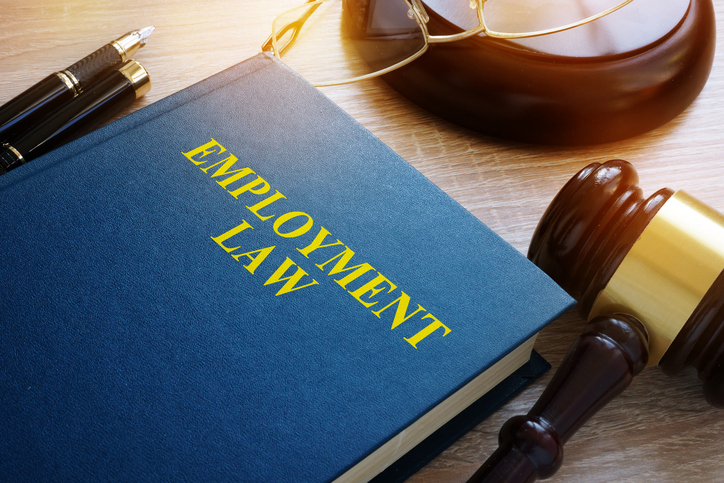Artificial intelligence (AI) is no longer the future—it’s the present. In workplaces across the country, employers are increasingly relying on AI-powered tools to streamline hiring, manage performance, monitor productivity, and even assist in termination decisions. From resume screeners to productivity trackers, AI promises efficiency and cost savings. But as with many technological advancements, those promises come with legal complexities and compliance risks.
Now let's take a look at how AI is reshaping employment practices and why attorneys, HR professionals, and business leaders must stay vigilant in this fast-moving legal landscape...

Automation of the Employment Cycle. AI systems are increasingly being used to automate the many stages of the hiring process. These systems can evaluate resumes, scanning them for specific keywords that match the job description to help determine if they have the skills necessary for the job in question. If a potential hire does not meet the requirements, it can toss them aside without a single pair of human eyes seeing their resume.
AI can also track performance of current employees. Some platforms track keystrokes, analyze output, and rank productivity. These metrics can play a role in identifying underperforming employees; something many find dystopian and disturbing. There's no denying that this technology can streamline work in an unprecedented way and reduce administrative burden, but with convenience comes a host of legal issues, especially when it is used to make decisions that affect people's livelihoods. Which brings us to our next point...
Algorithmic Bias. One of the biggest flaws in AI? It's discriminatory. AI learns through historical data, which can reflect past discrimination or biased decision-making. If an algorithm was trained on data that favored certain demographics (whether intentionally or not), it can replicate and amplify that bias. This can come in the form of AI screening out protected classes, failing to account for employees with disabilities, or unconsciously upholding stereotypes.
AI comes with a lack of transparency and little explanation as to how it makes its decisions. It could be exhibiting bias and putting up barriers without anyone being the wiser. This presents a legal minefield for employers that might utilize this technology.

The Missing Federal Framework. There is currently no unified federal statute regulating the use of AI in employment decisions. As far as things go, it's currently the wild west out here. However, there is a patchwork of existing state-level rules such as...
Illinois’ AI Video Interview Act requires employers to notify and obtain consent from applicants when using AI in video interviews.
New York City’s Local Law 144 mandates independent audits of automated employment decision tools (AEDTs) and requires public disclosure.
California Assembly Bill 2013 is tackling AI transparency; demanding developers to disclose details about their training data in order to uphold accountability.
As more jurisdictions adopt unique legislation, multi-state employers must navigate inconsistent compliance obligations, increasing the burden on HR and legal teams.
Employee Privacy. AI also brings up the question of privacy concerns and raises red flags among potential hires. Employers might grow excited at the thought of automating processes or collecting data on their best workers, but employees dislike excessive monitoring. It can damage morale and foster distrust in the workplace faster than you can say "Big Brother is watching."

Conclusion: Whether you're representing employers, advocating for workers, or serving as in-house counsel, understanding the legal implications of workplace AI is now essential. As AI continues to transform the workplace, the legal profession must evolve in step.



